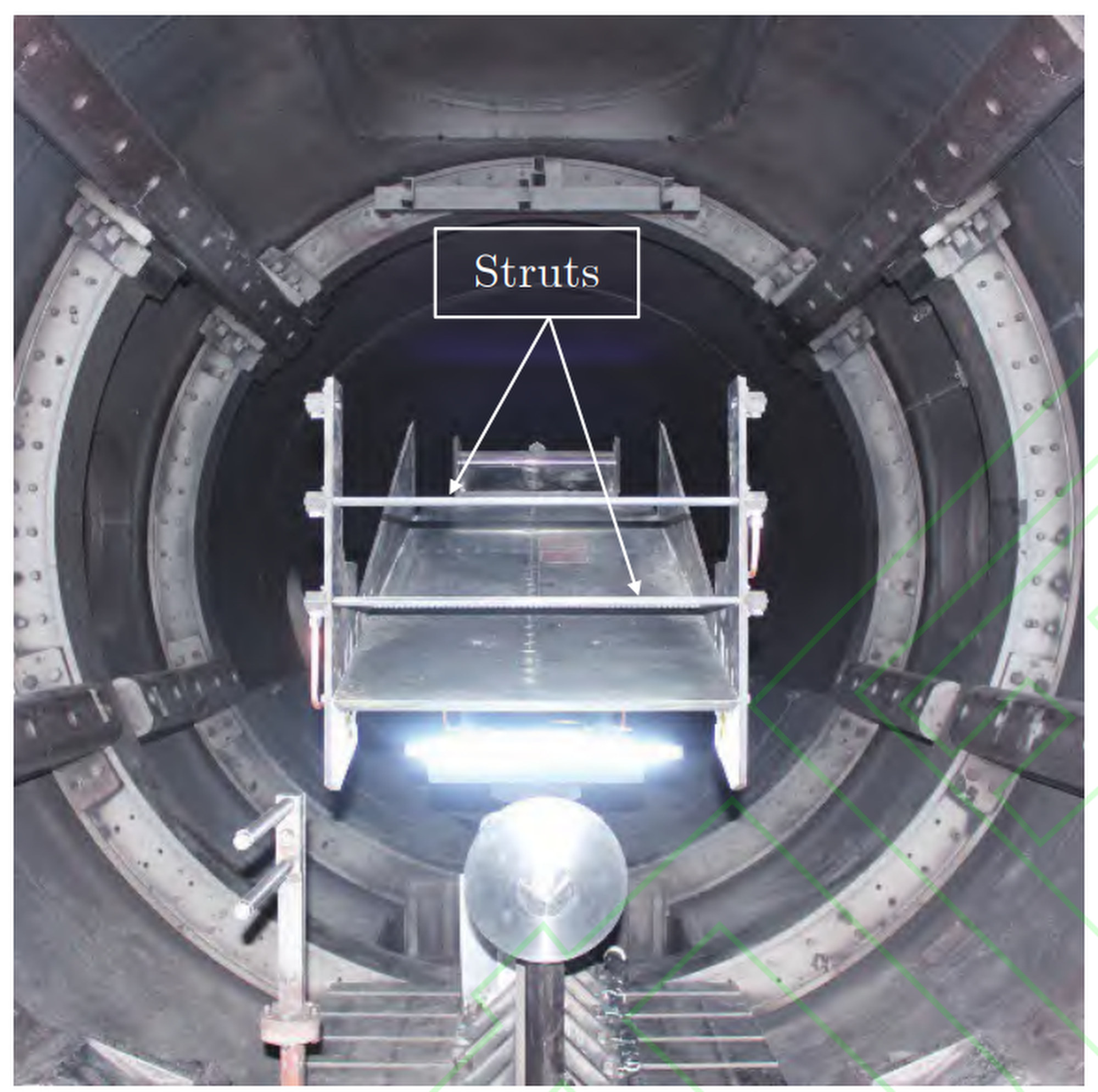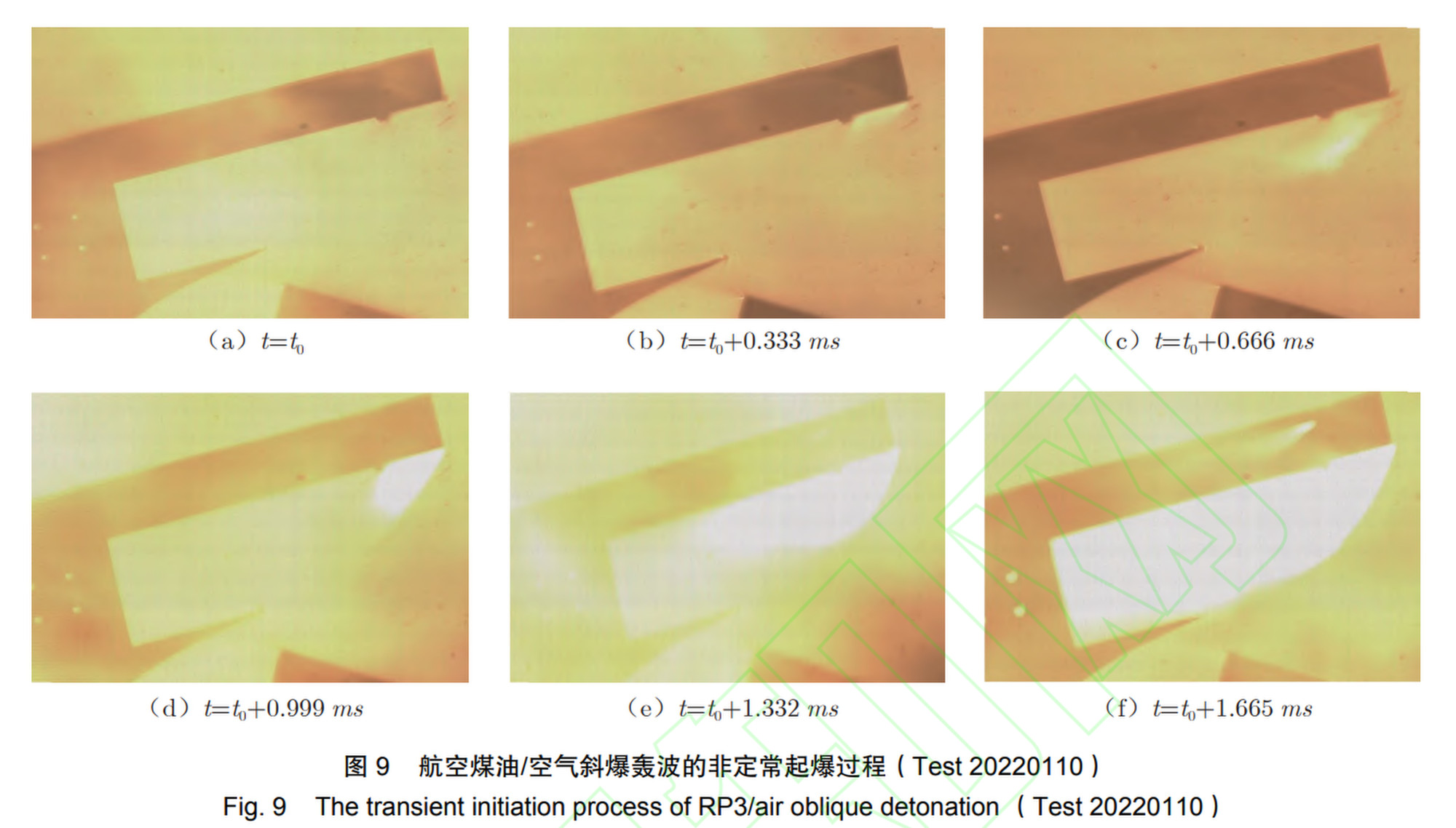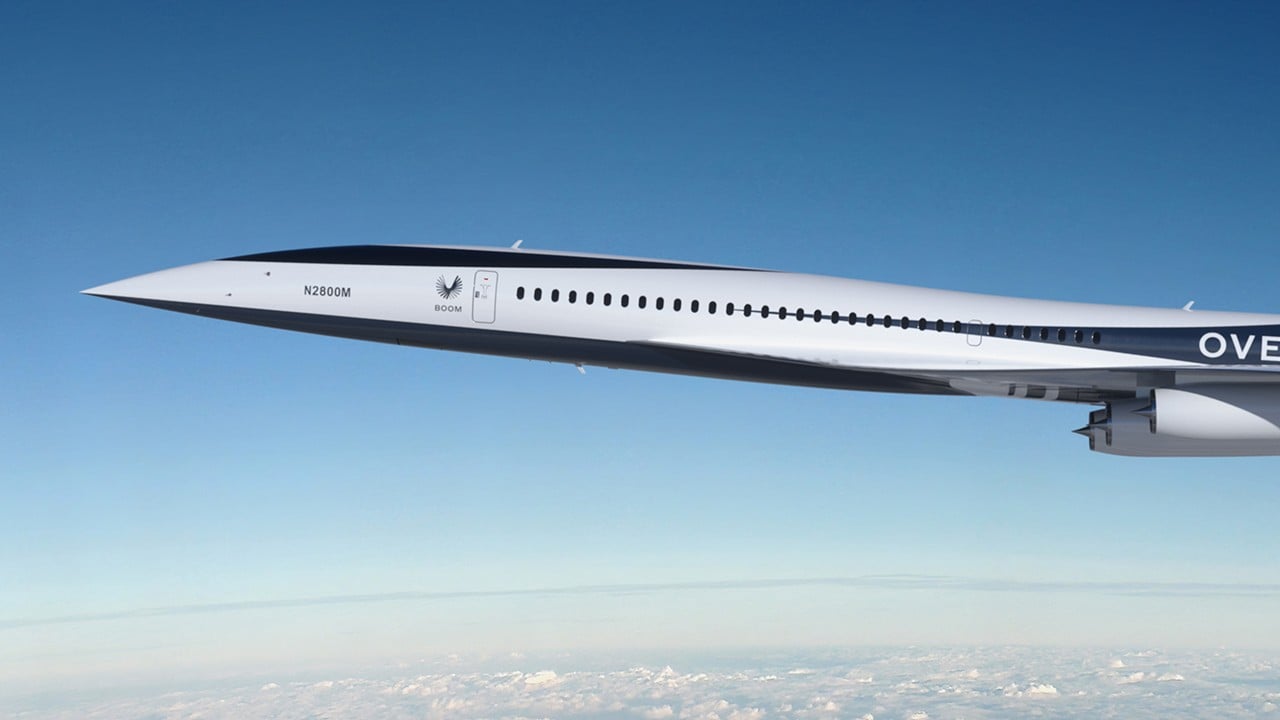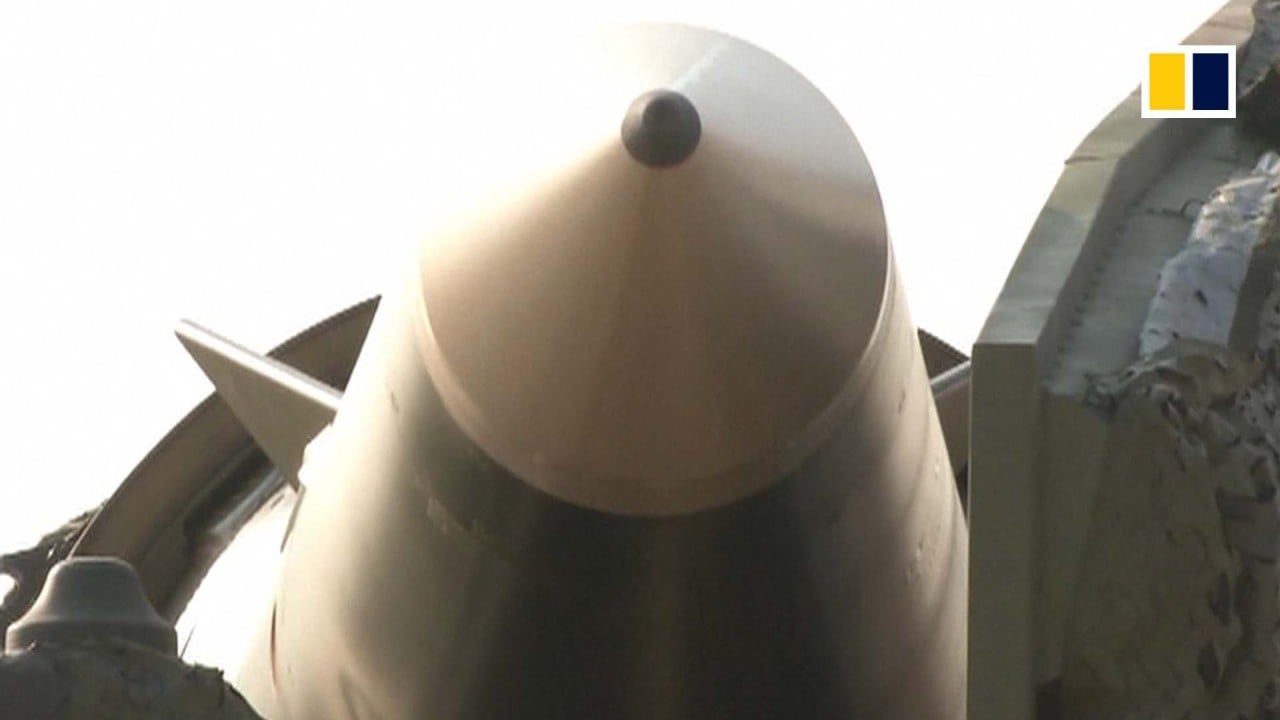
Chinese team says hypersonic engine can hit Mach 9 on low-cost jet fuel
- The device travels at nine times the speed of sound without the expense or explosion risk of burning hydrogen, according to paper
- Researchers in China say ground experiments at Beijing’s JF-12 shock tunnel were successful
The team led by Liu Yunfeng, a senior engineer with the Institute of Mechanics, Chinese Academy of Sciences, revealed technical details of the kerosene-powered engine in a paper published in the peer-reviewed Journal of Experiments in Fluid Mechanics on November 11.
“No test results for [hypersonic detonation engines using] aviation kerosene have been made public before,” they wrote.

Liu’s engine uses RP-3, a jet fuel commonly found in Chinese airports.
“Aviation kerosene is the fuel of choice for air-breathing engines due to its high energy density and ease of storage and transport,” he said.
The idea of using jet fuel to power hypersonic flight has been around for decades, but the difficulty of igniting the kerosene in extremely hot and fast air has posed a challenge for scientists.
“It is not easy to detonate,” Liu said.
Kerosene burns more slowly than hydrogen, so kerosene-powered engines typically require a longer detonation chamber to retain the fuel-air mixture for a longer period of time.
Computer models estimated that the detonation chamber of a kerosene-fuelled engine would need to be 10 times longer than one that uses hydrogen.
The extra length would be impossible for most hypersonic planes, where every millimetre counts, according to the team.

But the Chinese scientists found that a simple modification – adding a thumbnail-size bump to the surface of the engine’s air inlet – could make the ignition of kerosene easier while keeping the chamber’s size small.
When fresh air arrives at the narrow mouth of the engine’s wedge-shaped inlet, fast-moving air molecules are compressed and heated.
The hot air then mixes with tiny droplets of kerosene, which break apart to form even smaller molecules.
The results of the test run, conducted under various conditions in the JF-12 tunnel, suggest that these bump-induced shock waves could not only ignite the kerosene but help confine the explosions to a small space, generating a steady supply of thrust.
The Chinese government plans to find civilian applications for hypersonic technology by building a fleet of aircraft that can transport passengers anywhere on the planet within an hour or two.
Hypersonic aircraft must be capabale of making routine long-distance flights under extreme conditions. Reducing construction and operational costs remains a major challenge, according to scientists and engineers involved in developing the technology.



